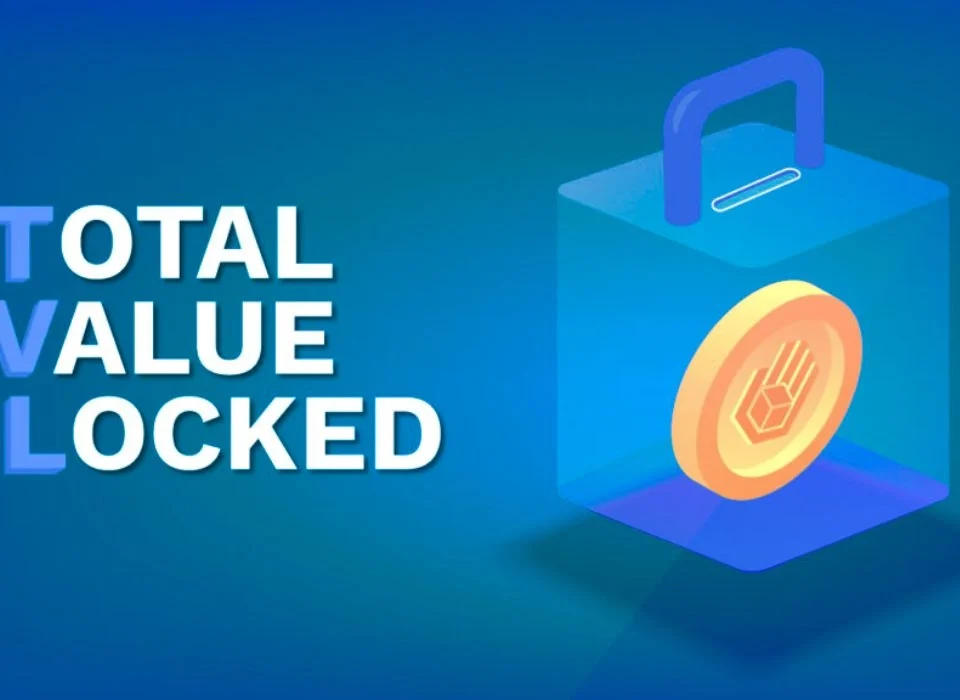
The Benefits and Risks of Using Stablecoins
15/07/2024
The Influence of Institutional Investors on the Crypto Market
15/07/2024How to Spot and Avoid Crypto Scams
Cryptocurrency has revolutionized the financial world by providing a decentralized, digital alternative to traditional currencies. However, with the rise of cryptocurrencies, there’s also been a significant increase in scams targeting investors and users. Understanding how to spot and avoid crypto scams is crucial for anyone involved in the crypto space. This comprehensive guide will cover various types of crypto scams, how to identify them, and steps you can take to protect yourself.
Table of Contents
- Introduction to Crypto Scams
- Common Types of Crypto Scams
- Ponzi and Pyramid Schemes
- Fake ICOs and Token Sales
- Phishing Scams
- Pump and Dump Schemes
- Malware and Ransomware
- Fake Wallets and Exchanges
- Social Media Scams
- Impersonation Scams
- How to Spot Crypto Scams
- Unrealistic Promises
- Lack of Transparency
- Pressure to Act Quickly
- Poorly Designed Websites
- Fake Endorsements and Testimonials
- Inconsistent or Missing Information
- Steps to Avoid Crypto Scams
- Conduct Thorough Research
- Verify the Project Team
- Use Reputable Platforms
- Secure Your Wallet
- Stay Informed About Common Scams
- Be Skeptical of Unsolicited Offers
- Use Two-Factor Authentication
- What to Do If You Fall Victim to a Crypto Scam
- Conclusion
Introduction to Crypto Scams
Cryptocurrencies offer numerous advantages, including decentralization, transparency, and security. However, their rapid growth and the relatively anonymous nature of transactions make them an attractive target for scammers. These fraudsters use various techniques to deceive investors and steal their funds. By understanding the different types of crypto scams and learning how to identify them, you can protect yourself and your investments.
Common Types of Crypto Scams
Ponzi and Pyramid Schemes
Ponzi and pyramid schemes promise high returns with little to no risk. In these schemes, the returns for earlier investors are paid using the capital from new investors. These schemes collapse when there are not enough new investors to pay returns, leading to significant losses for most participants.
Fake ICOs and Token Sales
Initial Coin Offerings (ICOs) and token sales are popular fundraising methods for new cryptocurrency projects. Scammers create fake ICOs, promoting them through websites and social media to lure investors. Once they collect enough funds, they disappear, leaving investors with worthless tokens.
Phishing Scams
Phishing scams involve fraudsters impersonating legitimate entities to steal sensitive information. They send emails or messages containing malicious links that lead to fake websites, where users are tricked into entering their private keys or passwords.
Pump and Dump Schemes
In pump and dump schemes, scammers artificially inflate the price of a cryptocurrency by spreading false information. Once the price reaches a peak, they sell their holdings, causing the price to crash and leaving other investors with significant losses.
Malware and Ransomware
Malware and ransomware are malicious software designed to gain unauthorized access to a user’s computer or network. Scammers use malware to steal private keys, access wallets, and transfer funds. Ransomware encrypts a user’s data, demanding payment in cryptocurrency to decrypt it.
Fake Wallets and Exchanges
Fake wallets and exchanges mimic legitimate platforms to steal users’ funds. Scammers create websites or apps that look identical to real ones, tricking users into depositing their cryptocurrency into these fake platforms.
Social Media Scams
Scammers use social media platforms to promote fake giveaways, investment opportunities, or impersonate well-known figures in the crypto industry. They lure victims by promising free cryptocurrency or high returns on investments.
Impersonation Scams
Impersonation scams involve fraudsters posing as celebrities, influencers, or representatives of reputable companies. They contact victims through social media or email, offering exclusive investment opportunities or assistance with cryptocurrency transactions.
How to Spot Crypto Scams
Unrealistic Promises
Be wary of any investment opportunity that promises guaranteed high returns with little to no risk. Cryptocurrencies are inherently volatile, and no legitimate investment can guarantee consistent profits.
Lack of Transparency
Legitimate projects provide detailed information about their team, technology, and roadmap. Scammers often withhold or provide vague information to avoid scrutiny. If you can’t verify the identities and backgrounds of the project team, it’s a red flag.
Pressure to Act Quickly
Scammers create a sense of urgency to pressure victims into making hasty decisions. They may claim that an opportunity is only available for a limited time or that immediate action is required to secure a high return.
Poorly Designed Websites
Fake websites often have poor design, spelling errors, and broken links. Legitimate projects invest in professional web design and provide clear, accurate information.
Fake Endorsements and Testimonials
Scammers use fake endorsements and testimonials from well-known figures or satisfied customers to gain credibility. Always verify the authenticity of such claims by checking official sources.
Inconsistent or Missing Information
Legitimate projects provide consistent and comprehensive information across their website, whitepaper, and social media channels. Inconsistent or missing information is a sign that the project may not be trustworthy.
Steps to Avoid Crypto Scams
Conduct Thorough Research
Before investing in any cryptocurrency project, conduct thorough research. Read the whitepaper, verify the team’s credentials, and check for any red flags. Use reputable sources and seek opinions from trusted members of the crypto community.
Verify the Project Team
Verify the identities and backgrounds of the project team members. Look for their professional profiles on LinkedIn and check their past work experience. Be cautious if the team members are anonymous or have limited information available.
Use Reputable Platforms
Use reputable cryptocurrency exchanges and wallets that have a track record of security and reliability. Avoid using unknown or newly established platforms without a solid reputation.
Secure Your Wallet
Use hardware wallets or other secure storage methods for your cryptocurrency. Enable two-factor authentication and regularly update your security settings to protect your funds from unauthorized access.
Stay Informed About Common Scams
Stay informed about common crypto scams by following news and updates from reputable sources. Join online communities and forums to share information and learn from others’ experiences.
Be Skeptical of Unsolicited Offers
Be cautious of unsolicited offers or messages promoting investment opportunities. Scammers often use social media, email, and messaging apps to contact potential victims. Verify the legitimacy of any offer before taking action.
Use Two-Factor Authentication
Enable two-factor authentication (2FA) on all your cryptocurrency accounts to add an extra layer of security. This can prevent unauthorized access even if your password is compromised.
What to Do If You Fall Victim to a Crypto Scam
If you fall victim to a crypto scam, take immediate action to minimize your losses and protect your assets:
- Report the Scam: Report the scam to relevant authorities, such as the Federal Trade Commission (FTC) in the United States, or your country’s equivalent. This helps raise awareness and may assist in recovering funds.
- Notify the Platform: Inform the cryptocurrency exchange or wallet service you used about the scam. They may be able to freeze transactions and assist in recovering your funds.
- Change Your Security Settings: Change your passwords, enable two-factor authentication, and review your security settings to prevent further unauthorized access.
- Seek Legal Advice: Consult with a legal professional who specializes in cryptocurrency fraud to explore your options for recovering lost funds.
- Share Your Experience: Share your experience with the crypto community to help others avoid falling victim to similar scams.
Conclusion
The rise of cryptocurrencies has brought about significant innovation and opportunities, but it has also attracted scammers looking to exploit unsuspecting investors. By understanding the common types of crypto scams, knowing how to spot them, and taking proactive steps to protect yourself, you can navigate the crypto space with greater confidence and security.
Always conduct thorough research, verify the legitimacy of projects and platforms, and stay informed about the latest scams and security practices. With vigilance and caution, you can enjoy the benefits of cryptocurrency while minimizing the risks associated with scams.



